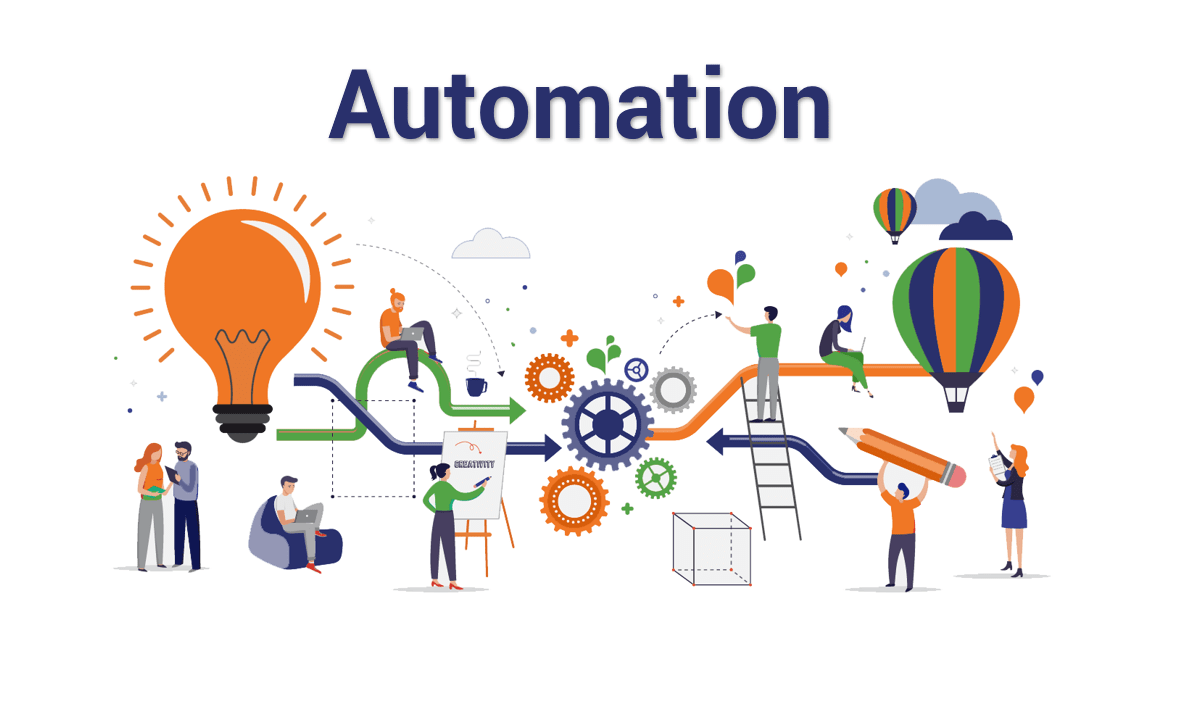Business
What is Cloud-Native Technology And Should You Use It?
Cloud-native technology is a set of principles used to build and manage applications that can completely leverage cloud computing benefits.

The arrival of cloud computing technology has revolutionized the way modern businesses operate. It offers a wide array of benefits, including increased flexibility, reliability, and scalability. It’s become one of the key catalysts behind the digital transformation of new-age business organizations.
Whether you’re running a small startup or a global corporation, you likely already use cloud computing in some form or another. Even if you’re running an offline enterprise, you must have used cloud servers to store your business data and other digital assets.
It isn’t surprising that the global cloud computing market was worth $371.4 billion in 2020. Moreover, it’s estimated to reach $832.1 billion, with a CAGR of 17.5%. The popularity of cloud computing has further skyrocketed due to the current COVID-19 pandemic.
This means cloud computing is capable of much more than simple storage. You have to know how to harness its potential to the fullest. This is where cloud-native architecture steps into the picture. It lets you leverage the full capabilities of cloud-based environments to build and run business applications.
However, if you are new to the world of cloud computing, you might be sceptical about using cloud-native applications for your business. In this blog, we’ll delve deeper into the world of cloud-native technology and identify its pros and cons. Let’s get started.

Table of Contents
1. What is cloud-native technology?
Put simply, cloud-native technology is a set of principles used to build and manage applications that can completely leverage the benefits of cloud computing. This, in turn, means developing, testing, deploying, and operating software applications on the cloud end-to-end.
Cloud-native applications are different from their cloud-based counterparts. Unlike cloud-native applications, cloud-based ones are modified to work in cloud-based environments. That’s why they don’t let you exploit all the benefits of cloud computing models.
On the other hand, cloud-native applications are specifically built for the cloud. Typically, they comprise independent and loosely coupled components called microservices. Each microservice is a small application that performs a specific business function or task.
These microservices communicate with each other using application programming interfaces (APIs). Also, they’re grouped into containers and eventually deployed on the cloud. This approach of software development is in sharp contrast to the traditional style of building monolithic applications.
Are you still wondering whether it’s a good idea to start utilizing cloud-native development? Let’s take a look at its advantages and disadvantages to help you make an informed decision.

2. Benefits of Cloud-Native Technology
According to a 2018 report by IBM, 77% of non-cloud apps will switch to cloud-based environments by 2021. Also, 25% of existing cloud-based apps will be revamped to become cloud-native. With 2 out of 3 companies already leveraging cloud-native technology, it’s high time you consider using it.
Here are the key benefits of using cloud-native applications for your business:
a. Scalability
Cloud-native applications that are equipped to handle 50 users can also accommodate 500 users when the time comes. This is because cloud environments allocate resources on-demand.
Also, you can improve their functionality by tweaking individual components instead of disrupting the entire application. It ensures that once an application is built, it can easily accommodate your business’s growing needs.
b. Speed
The use of independent microservices and containers ensures that cloud-native apps can be easily tested and modified. Instead of working on the entire application, a developer can focus on weeding out bugs in specific microservices. This, in turn, escalates the overall speed of the development process.
c. Automation
Most modern cloud-native apps are designed to support DevOps and agile practices. This, in turn, helps automate various tasks, such as software deployment, delivery, and maintenance.

d. Resilience
Cloud-native applications are mostly immune to any faults in the network, hardware, or software. Even when there’s a failure, you can quickly isolate it to a specific component. This, in turn, means cloud-native apps are fault-tolerant and offer higher uptime.
e. Cost-Effective
Cloud-native development saves you from the hassle of purchasing and configuring specialized hardware to test and deploy applications. This, in turn, makes the process more cost-effective in the long run.
3. But There’s a catch…
While the advantages of cloud-native architecture are aplenty, it comes with a few critical shortcomings. To begin with, applications deployed and run on the cloud aren’t immune to cyberattacks and breaches. Also, the security tools and processes used for traditional software applications aren’t fit for cloud environments.
This means you need to use a specialized cloud-native security platform to protect your applications. Such a platform will provide you with the right security tools and processes to handle dynamic cloud computing models. However, they come at an additional cost.
Also, the transition from traditional, legacy software to cloud-native apps can be challenging. You’ll need to provide your team with adequate training to work in a cloud-native environment. If your team doesn’t have the resources or expertise to build such apps, you’ll need to hire skilled developers. Again, this means more expenses.
4. Final Thoughts
So, the decision to use cloud-native apps ultimately boils down to your resources, skills, and personnel. While they’re easily manageable and scalable, the initial transition requires significant financial investment. Also, it would help if you implemented specific cloud-native security measures to safeguard these apps.
Does your business use cloud-native applications? Share your cloud technology experience in the comments section below.
-

 Instagram4 years ago
Instagram4 years agoBuy IG likes and buy organic Instagram followers: where to buy them and how?
-

 Instagram4 years ago
Instagram4 years ago100% Genuine Instagram Followers & Likes with Guaranteed Tool
-

 Business5 years ago
Business5 years ago7 Must Have Digital Marketing Tools For Your Small Businesses
-

 Instagram4 years ago
Instagram4 years agoInstagram Followers And Likes – Online Social Media Platform















